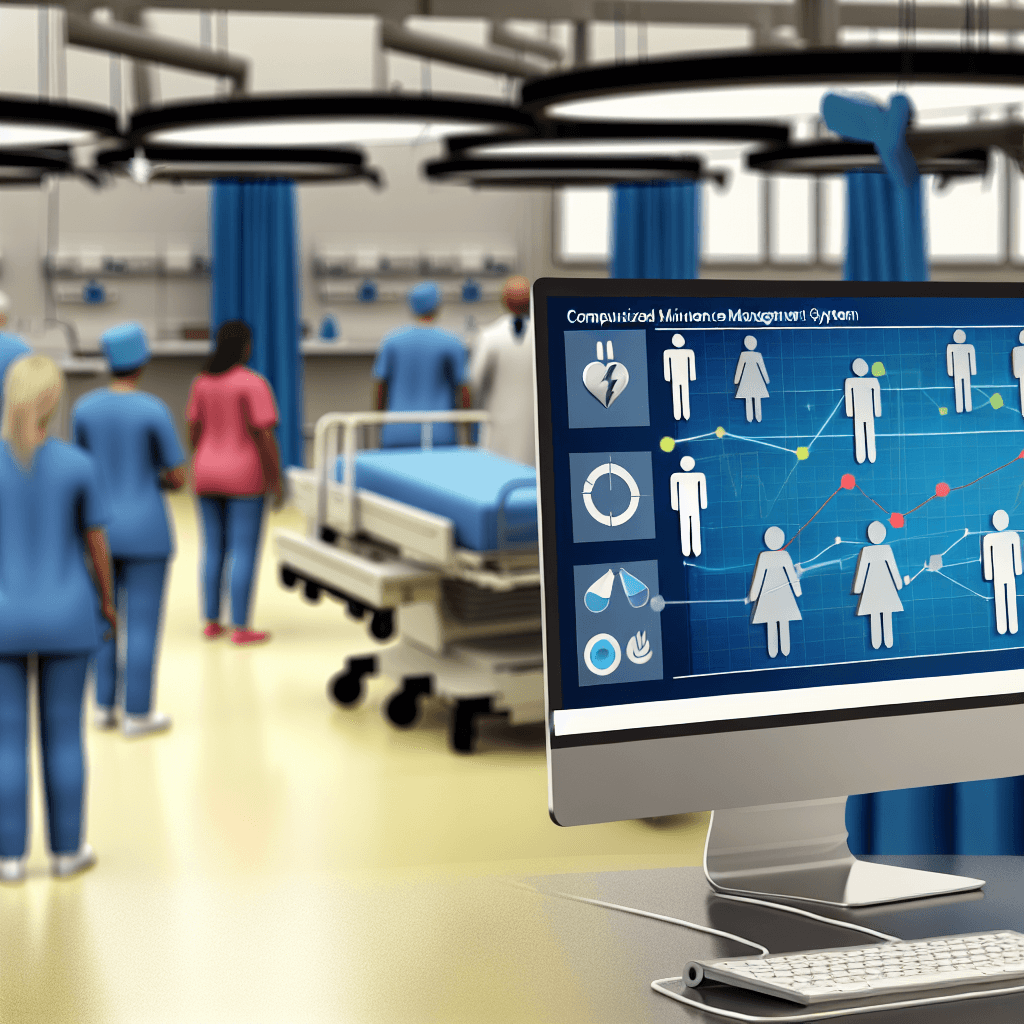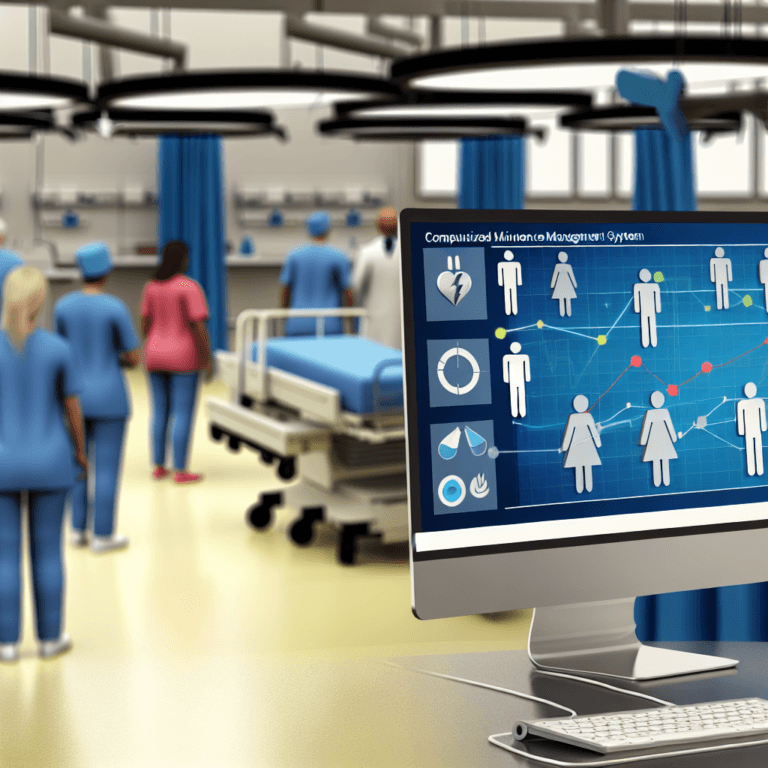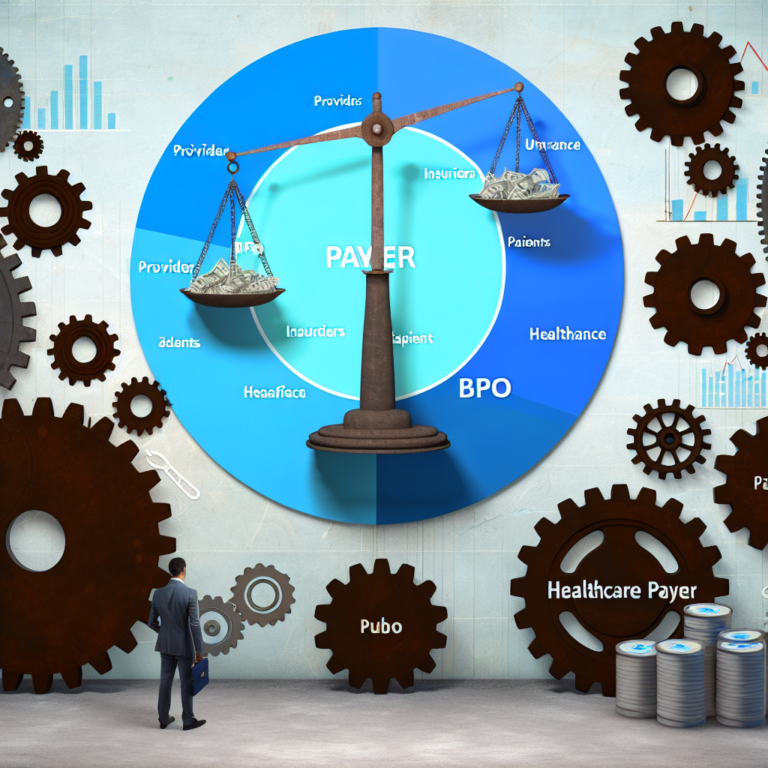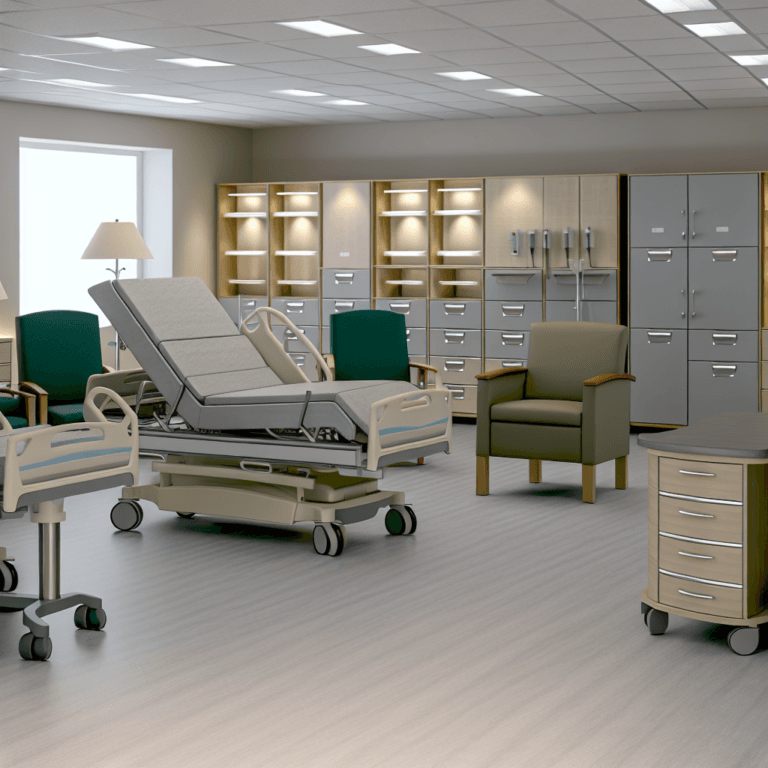Explore the growth of CMMS software in healthcare, enhancing facility management and equipment upkeep for improved patient care.
Computerized Maintenance Management System (CMMS) Software in Healthcare Market

Table of Contents
Exploring the Impact of Computerized Maintenance Management System (CMMS) Software in the Healthcare Market

The integration of technology in healthcare has revolutionized the way services are delivered, with Computerized Maintenance Management Systems (CMMS) playing a pivotal role in enhancing operational efficiencies. CMMS in healthcare primarily focuses on maintaining, tracking, and optimizing the operations associated with healthcare facilities management, including equipment and asset management. This article delves into the significance, applications, and benefits of CMMS software in the healthcare sector, supported by relevant examples, case studies, and statistics.
Understanding CMMS in Healthcare
CMMS, or Computerized Maintenance Management System, is a software solution that helps organizations plan, track, manage, and optimize maintenance activities with the help of data and computer software. In the context of healthcare, CMMS is crucial for managing the vast array of medical equipment and infrastructure critical to patient care and safety.
Key Features of CMMS Software
- Asset Management: Tracks the lifecycle of medical equipment from acquisition to disposal.
- Maintenance Scheduling: Automates the scheduling of regular maintenance and inspections to ensure equipment reliability and compliance with healthcare regulations.
- Inventory Control: Manages the stock of spare parts and supplies needed for maintenance tasks.
- Work Order Management: Facilitates the creation, assignment, and tracking of maintenance work orders.
- Regulatory Compliance: Helps ensure that all maintenance activities are compliant with healthcare standards and regulations.
- Reporting and Analytics: Provides insights into maintenance operations, helping to optimize performance and reduce costs.
Benefits of CMMS in Healthcare
Implementing CMMS software in healthcare facilities brings numerous benefits:
- Enhanced Equipment Reliability: Regular maintenance ensures that medical equipment functions reliably, reducing the risk of unexpected breakdowns that can affect patient care.
- Improved Regulatory Compliance: CMMS helps healthcare facilities adhere to strict industry regulations by maintaining accurate records of maintenance activities and equipment history.
- Cost Efficiency: By optimizing maintenance tasks and reducing equipment downtime, healthcare facilities can achieve significant cost savings.
- Increased Safety: Regular maintenance of equipment ensures safer operations, reducing the risk of accidents and enhancing patient safety.
- Better Decision Making: With comprehensive data and analytics, healthcare managers can make informed decisions regarding asset management and maintenance strategies.
Case Studies and Real-World Applications
Case Study 1: Large Hospital Network
A large hospital network implemented a CMMS to manage over 5,000 assets across its facilities. The system enabled the hospital to reduce equipment downtime by 30% and maintenance costs by 20% within the first year of implementation. The CMMS also played a crucial role in ensuring compliance with healthcare regulations, leading to a successful accreditation process.
Case Study 2: Regional Medical Center
A regional medical center used CMMS software to streamline its maintenance operations. The center reported a 40% improvement in maintenance response times and a significant reduction in equipment-related incidents, which contributed to higher patient satisfaction scores.
Market Trends and Future Outlook
The global market for CMMS in healthcare has been growing steadily, driven by the increasing need for efficient asset management and regulatory compliance. According to a recent market analysis, the healthcare CMMS market is expected to grow at a compound annual growth rate (CAGR) of 8% over the next five years. This growth is fueled by technological advancements, such as the integration of Internet of Things (IoT) devices, which enable real-time monitoring and maintenance of medical equipment.
Furthermore, the adoption of cloud-based CMMS solutions is on the rise, offering healthcare facilities the benefits of scalability, reduced IT costs, and enhanced data security. As healthcare continues to evolve, CMMS software is expected to play an increasingly critical role in ensuring the efficiency and effectiveness of healthcare operations.
Conclusion
The implementation of CMMS software in the healthcare sector offers substantial benefits by enhancing equipment reliability, ensuring compliance, and improving overall operational efficiency. Through detailed asset management, proactive maintenance schedules, and robust reporting capabilities, CMMS helps healthcare facilities provide high-quality patient care. The future of CMMS in healthcare looks promising, with continuous advancements in technology paving the way for more sophisticated and efficient maintenance management systems. As healthcare facilities increasingly recognize the value of CMMS, its integration into healthcare operations is set to deepen, further transforming the landscape of healthcare maintenance management.
In conclusion, CMMS software is not just a tool for maintenance management; it is a critical asset that supports the broader goals of safety, efficiency, and compliance in healthcare. The ongoing developments and increasing adoption of this technology highlight its indispensable role in the future of healthcare infrastructure management.







